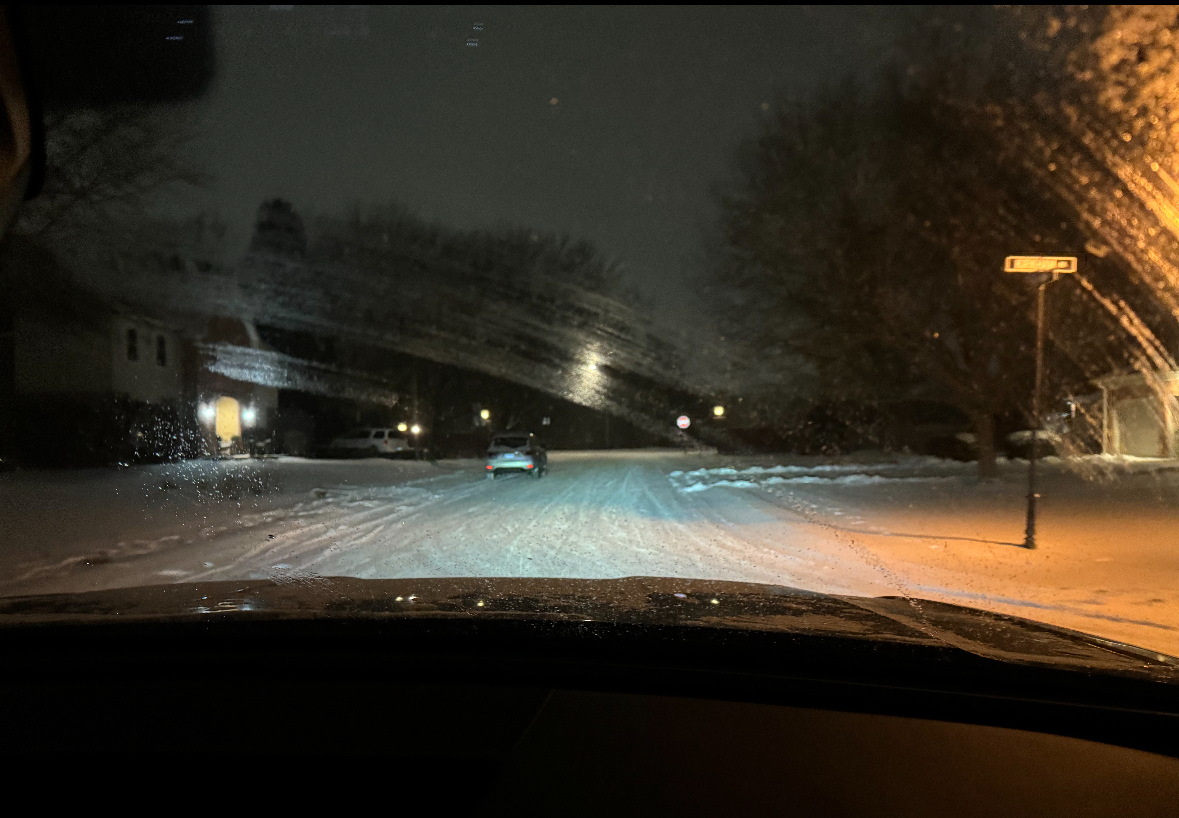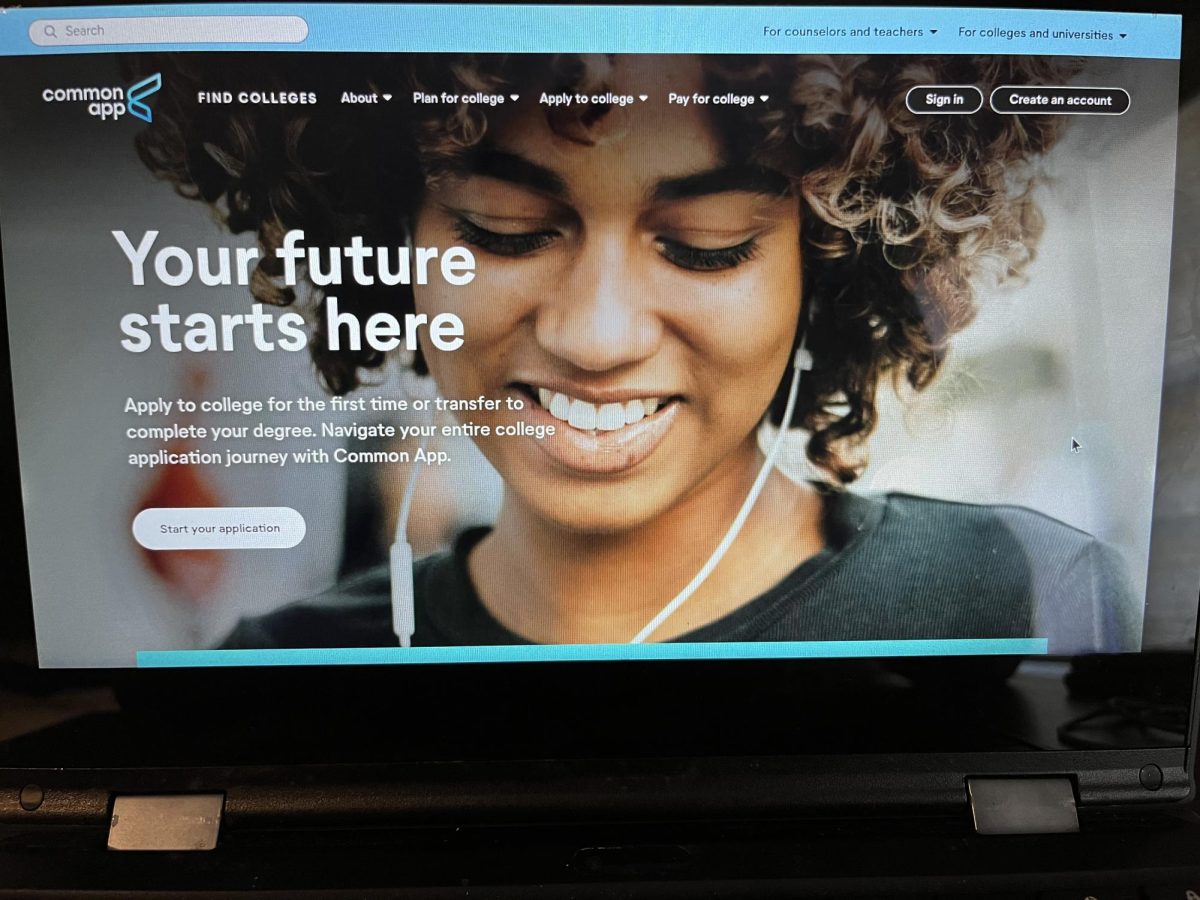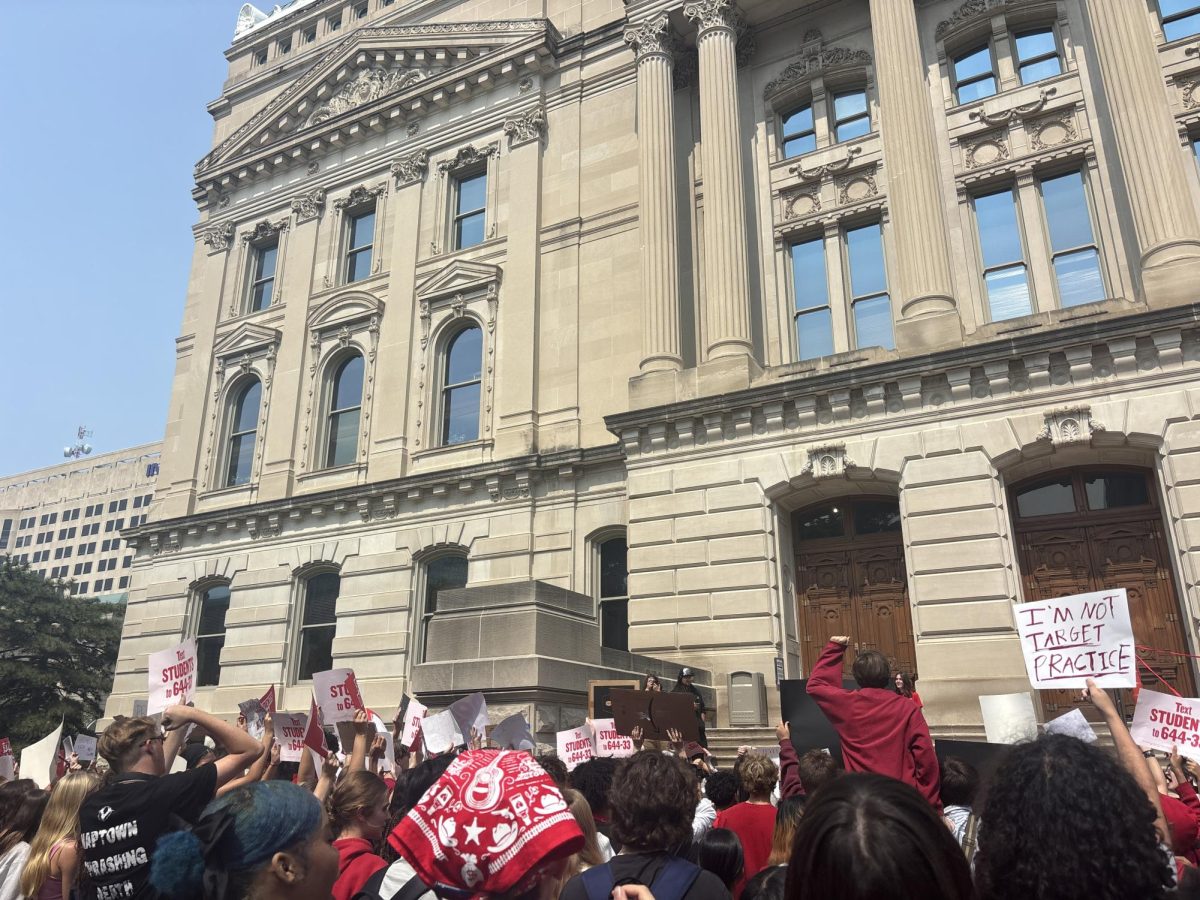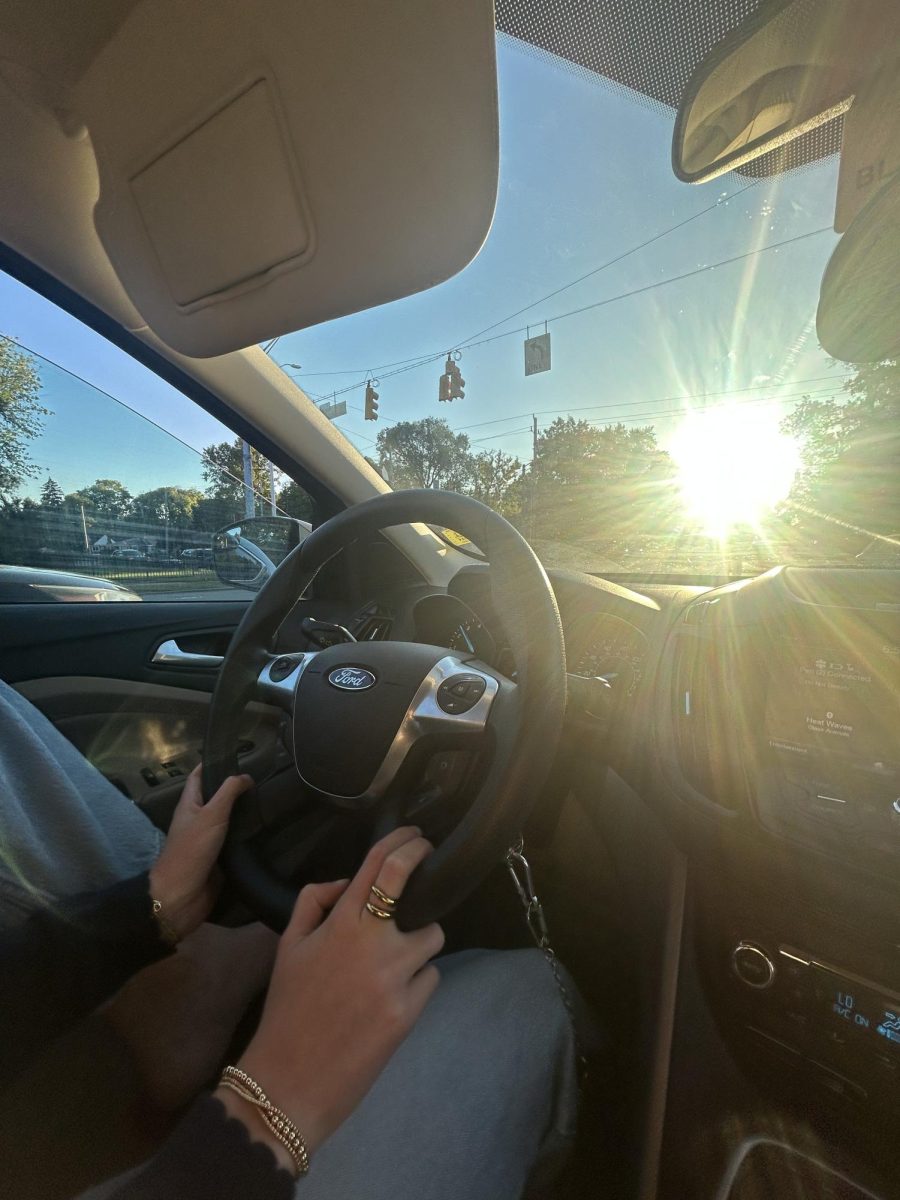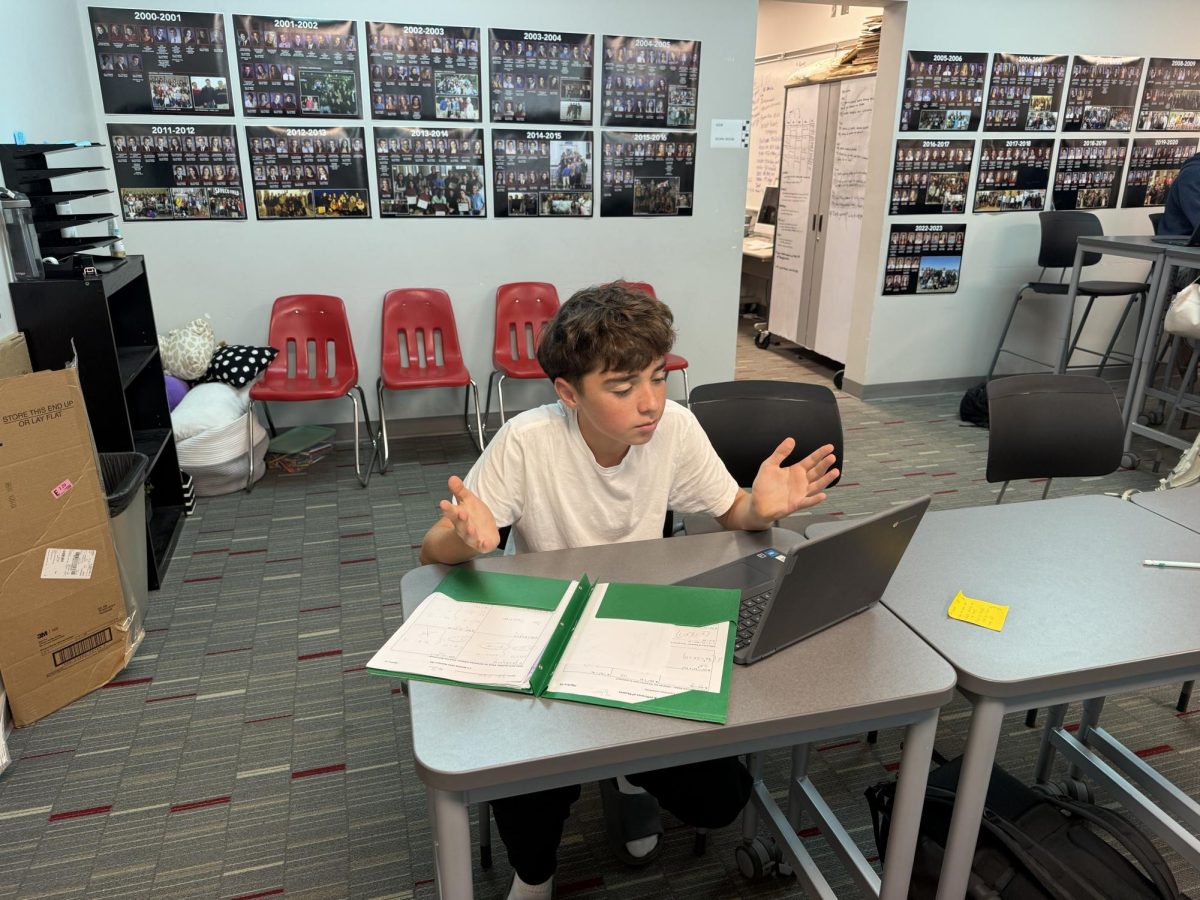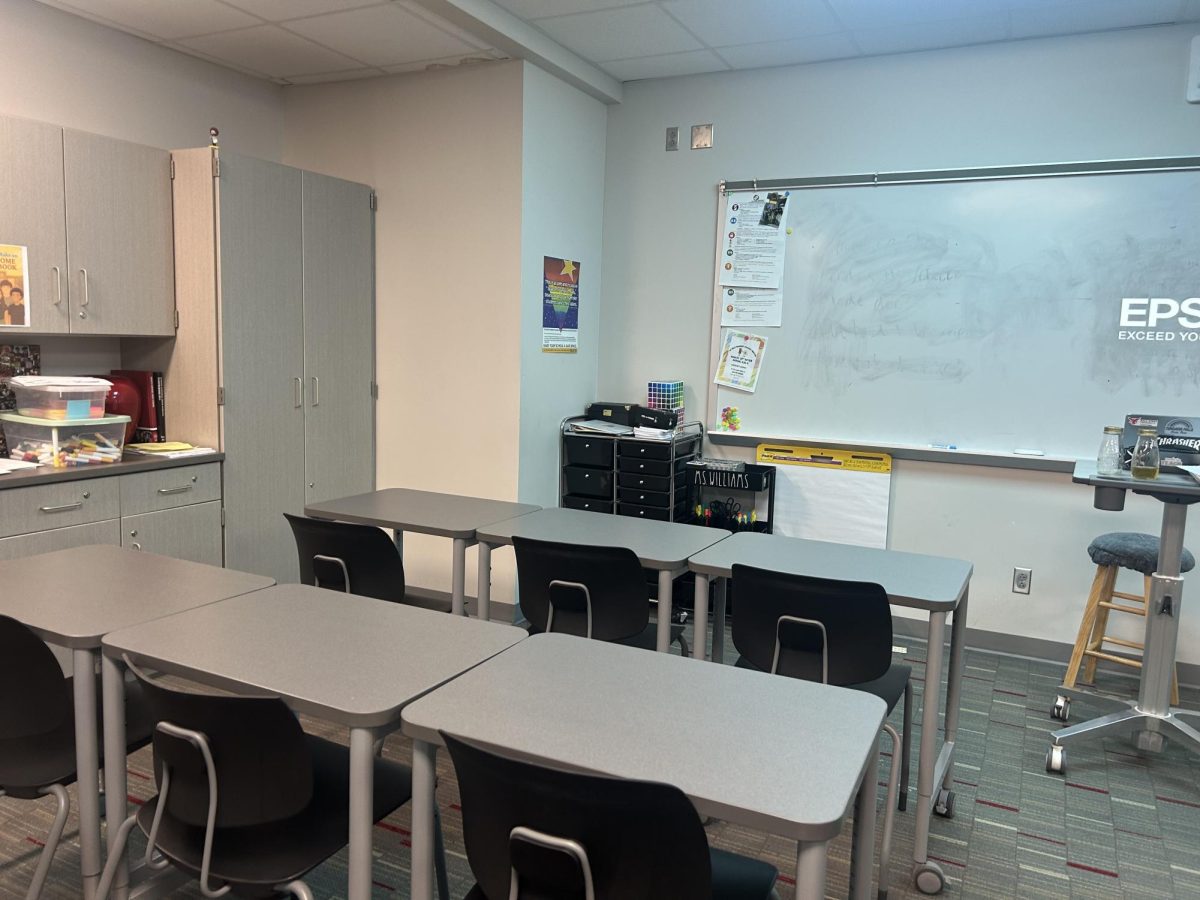As winter weather challenges school operations, districts must decide whether to have in-person classes or keep students at home. This decision-making was put to the test twice during the second week of school: Tuesday, January 16, and Friday, January 19.
Upon arriving at school, students began to question how the district concluded that it was safe to travel to school.
Associate Superintendent Sean Taylor has received some of these complaints – most student-driven.
“I am aware of some students who have communicated concerns,” Taylor said, “Through some social media avenues, students voiced concerns.”
Nonetheless, with it being early in January, Taylor is less concerned about the complaints he has received.
“I think it is normal to hear references, particularly early in the winter when these things show up the first few times,” Taylor said, “It is not uncommon that the first questionable call you may or may not make this time of year is going to meet with some disagreement. As the weather continues and people get accustomed to these conditions, decisions are less controversial.”
To students, the decisions were controversial. Students experienced difficulties upon going to school, some slipping on ice and experiencing low visibility.
It was not just the slick streets, but neighborhoods and even the school parking lots.
Students claim multiple roads were covered in snow and ice. Upon entering school, the parking lot was also not fully plowed at all, making parking spots difficult to find. (Personal Survey).
With nearby districts, like Carmel, opting for two-hour delays, the decision to continue with a normal schedule puzzled many.
In actuality, the district does not follow set policies. Instead, they base their decisions on meteorology input and the actions of neighboring districts.
“Typically, what happens after that is that our Marion County superintendents will organize a meeting either the evening before or the morning of,” Taylor said, “They will each have a team go out and assess what is happening in our neighborhoods, on the roads and will give our superintendent a heads-up of what is happening on the ground.”
Marion County districts utilize the guidelines of meteorologists and organizations such as the National Oceanic and Atmospheric Association (NOAA) to help dictate the suggested actions for each district.
“In that are guidelines that we reference when making some of those decisions to cancel or to delay or to proceed as planned,” Taylor said, “Sometimes the superintendents are in alignment and agree, but sometimes have certain things happening in their local district that are unique and make them choose to go a different route.”
Regarding January 16, these districts faced wind chill advisories and slick roads. By early morning temperatures were 5 degrees with a windchill of 11 degrees below zero (World Weather). Despite this, the majority of Marion County schools continued with normal operations.
“Some of those conversations that came up – knowing districts like Hamilton County and others around the state went to a two-hour delay – but Marion County was going to be by 1 to 2 degrees colder two hours later,” Taylor said, “A two-hour delay did not make sense.”
A major deciding factor in these conferences was a wind chill advisory instead of a wind chill warning. Had there been a wind chill warning, the decisions would likely have been different. Wind chill warnings are enacted when the weather is under 25 degrees below zero.
“A wind chill warning, if that had come into effect, that probably would have had a different outcome in decision making on that morning,” Taylor said, “A wind chill warning limits the amount of exposure you should have to that type of temperature.”
January 19 came with a wintry mix of nearly two inches of snow. The precipitation posed a more in-depth conversation, though not enough to delay start times.
“We had good visibility and the salt was working in our favor based on what our team had assessed early in the morning,” Taylor said, “We also saw improvements in temperature, so we felt we could safely operate on time without having to go the two-hour delay route.”
As the winter season presses on, the district’s balancing act between maintaining a regular school schedule and ensuring the safety of its students grows more complex. Despite the technological advantages of eLearning, the preference for in-person education prevails, though not without contention.
“I think eLearning has made it more convenient,” Taylor said, “Students know how to do it, and our staff know how to manage it. At the end of the day, when we look at our attendance rates and assignment completion, in-person is far better. Our preference is always to go in person, except when we do not feel that we can safely operate.”
The student body’s response indicates a significant disconnect between administrative assessments and individual experiences during severe weather events. Sixty percent of student drivers believe a delay was warranted, while thirty percent argue for a cancellation, citing the benefits of increased visibility and safer travel conditions later in the day (Personal Study).
“It depends on who you speak to and who communicates to you,” Taylor said, “Ultimately, we do look at our guidelines, we try to be consistent, and we try to always prioritize our students and staff. These decisions aren’t black and white; they can be challenging.”
The issue of school operations during inclement weather thus remains a topic of debate. With safety as the stated priority, the district’s discussions reflect its commitment to navigating the unpredictable winter weather.
Sources:
Personal Study: https://forms.gle/6GTfgxE8j9zwWoSW6
World Weather: https://world-weather.info/forecast/usa/indianapolis/january-2024/

